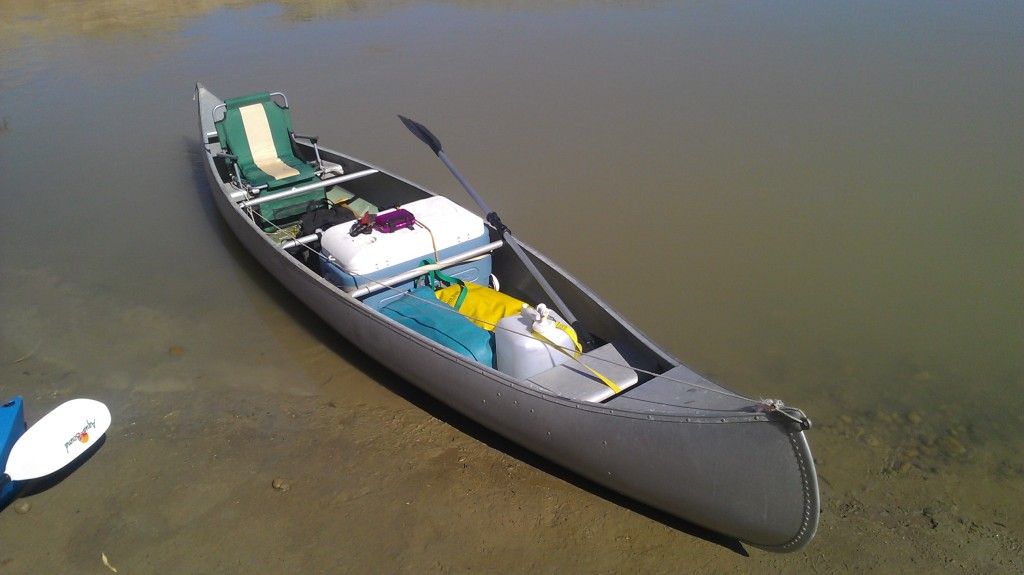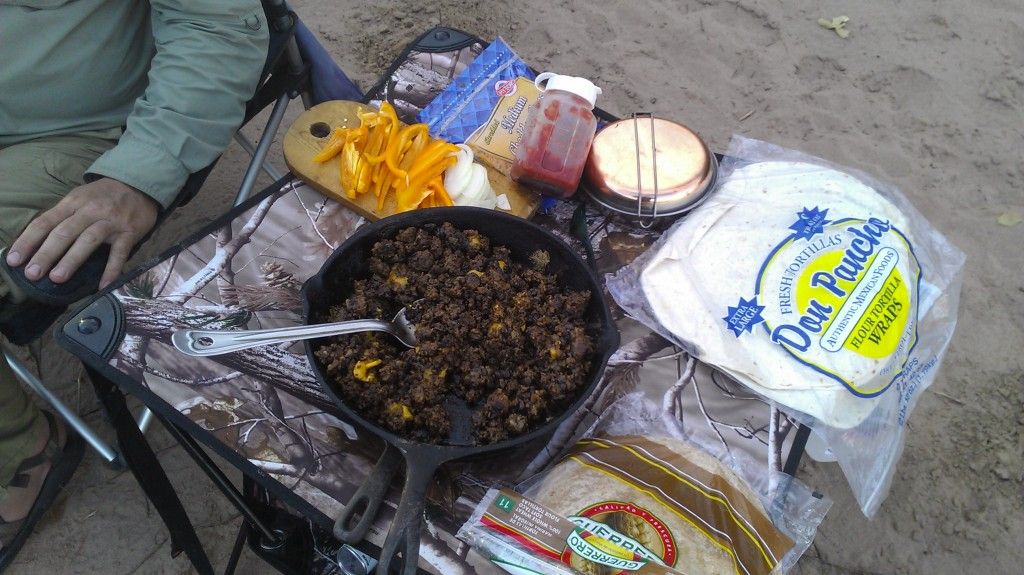from lifetime's website:
"One of the most common questions you’ll hear in the kayak industry is “should I get a sit-on-top or a sit-inside kayak”? This is one of the first decisions you need to make when buying a kayak. The truth is, the decision to get a sit-on-top or a sit-inside kayak will be based mostly on personal preference though there are some other factors to consider, as well. But to get started, lets talk about the differences between these two models.
Sit-Inside Kayaks
Sit-insides, or SIS for short, are the more traditional looking kayak like the Lifetime Payette Kayak . These have an open cockpit where the paddler climbs in and actually sits inside the hull of the kayak with his legs under the deck. Depending on the kayak's design, this style allows you to brace your knees off the inside walls of the hull to help with strong and more efficient paddle strokes. Many sit-insides are also able to take a skirt. Skirts are designed to close or cover the cockpit opening in a sit-inside kayak. The paddler wears the skirt around his or her waist. There is a cloth piece with a tightening mechanism that allows the paddler to sit down in the kayak and stretch the skirt material around the **** pit rim, closing off the inside of the hull. This is great for cold weather paddling or for an area that has chilly water. It will keep water from splashing into the kayak and onto the paddler 's legs. For this reason, sit-insides are more popular in cold water areas, or areas that have a shorter summer season. In general, you will get less wet in a sit-inside than on a sit-on-top, barring that you don’t flip your kayak over. If you do flip your kayak over, you will have to swim (or submerged paddle) your kayak to shore to drain it out.
Flipping a kayak over is much harder to do than you think. Many people are apprehensive about SIS because of the “flipping factor”. Truthfully, it really is not easy to flip your kayak over. Most recreational kayaks like Lifetime kayaks are made to be stable. Whether sit-on-top or sit-inside, the flipping factor will have more to do with kayak design and the shape of the hull than it being a sit-on-top or sit-inside. And don’t worry, if you do happen to flip it over, you will not get stuck. The paddler will pop immediately out of the kayak and to the water surface.
Sit-on-Top Kayaks
Sit-on-tops, or SOTs for short, are quickly gaining in popularity. This style, like the Lifetime Lotus and Monterey, allows the paddler to sit on top of the kayak deck. There is not an “inside” that can be inhabited by the paddler. The only access, if any, to the inside of the kayak will be through storage hatch openings. Everything from the footwells to the seat back will be rigged on to the actual deck of the kayak. It is much harder to stay dry paddling a SOT. With each wave, riffle or splash the paddler gets increasingly more wet. There is no cockpit or deck area to stop water from splashing up onto the paddler’s body. Because of this, SOTs are extremely popular in warm weather and tropical areas. Another reason these kayaks are great for warm weather is because it is easy to slide into the water for a quick swim and climb back into the kayak. Unlike a sit-inside kayak, you can re-enter your SOT from the water. It won’t be graceful, but you can pull yourself back up onto the deck of your SOT and reposition yourself for paddling. For a slightly drier ride, you can get scupper plugs. Scupper plugs will cover the self-bailing drain holes found on SOT kayaks. The purpose of the scupper hole is to allow water that splashes on to the deck to drain back out and not pool underneath the paddler. Blocking these holes will keep tiny splashes from coming up from underwater through the holes but it will keep any water that makes its way onto the deck from draining back out."




